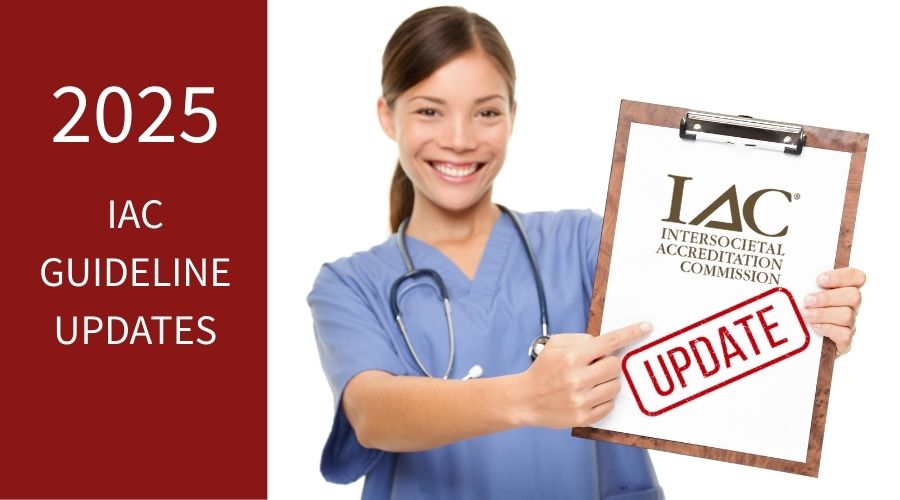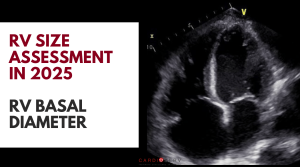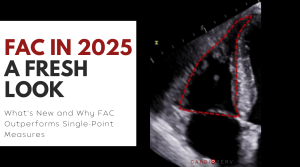Last Updated on August 15, 2025 by Judith Buckland
On August 15, 2025, the Intersocietal Accreditation Commission (IAC) released updated IAC accreditation standards 2025 across multiple vascular interventional programs and while the changes are described as “minor,” they carry major implications for compliance.
From refined training and credentialing requirements to new operational oversight mandates, these updates align standards across specialties and leave less room for interpretation. Facilities that act now can avoid last-minute scrambles before their next IAC reaccreditation review.
In this post, we break down the top five compliance actions every vascular interventional accredited facility should tackle immediately to meet the updated IAC accreditation standards 2025 and maintain uninterrupted status.

Update Radiation Safety Training Records
- Verify all Medical Directors and medical staff who perform fluoroscopy have:
- At least 2 hours of fluoroscopy radiation safety training every 3 years (facility-based programs are acceptable if documented).
- Documentation including trainer name, date, and topics covered.
- For Vascular Interventional – Fluoroscopy: Ensure physicist-approved training aligns with NCRP Commentary 33 (2023) and operators have 1 hour CE in fluoroscopy safety every 3 years.

Implement Monthly Walkthrough with Attestation
For Deep Venous, Hemodialysis Access, and Peripheral Arterial programs:
- Medical Director must perform a monthly safety walkthrough of the facility.
- Complete a signed and dated attestation each month and keep it on file.
- Even if not required for Vein Center or Fluoroscopy-only programs, adopting this standard strengthens inspection readiness under the updated IAC accreditation standards 2025.

Audit Procedural Volume Logs
- Confirm each physician meets the updated minimum case counts over the past 3 years for all procedures they perform.
- Use codable procedures only — each must have its own CPT/HCPCS code to count toward volume requirements.
- Keep detailed logs including date, patient ID (de-identified for submission), procedure type, and outcome.

Formalize Provisional Staff Credentialing
- Develop or update policy for onboarding physicians who meet all criteria except required volume.
- Assign minimum supervised cases (often 5) before independent performance.
- Review provisional staff case logs biannually, with Medical Director sign-off, until full status is achieved.

Standardize Documentation Across Programs
- Align CME tracking, safety policies, QI documentation, and volume logs across all service lines.
- Use a single compliance checklist that covers:
- CME tracking for all staff
- Radiation safety training
- Monthly walkthrough attestations
- QI meeting attendance and documentation
- Procedural volume logs
- This approach ensures consistency and readiness for reaccreditation while meeting the IAC accreditation standards 2025 updates.
Summary
Accreditation isn’t just a status, it’s a commitment to patient safety, quality, and operational excellence.
By addressing these five action items now, your facility can stay ahead of the updated IAC accreditation standards 2025, reduce the risk of noncompliance findings, and demonstrate proactive leadership in your field.
Don’t wait until your next IAC reaccreditation application or site visit to update training records, case logs, and safety protocols. Build these requirements into your regular operations today, and you’ll turn what might feel like extra work into a streamlined, sustainable compliance process that benefits your patients, your staff, and your accreditation status.
Need help?
Check out our accreditation services and schedule a free consultation:

Judith Buckland, MBA, RDCS, FASE
Connect on LinkedIn






